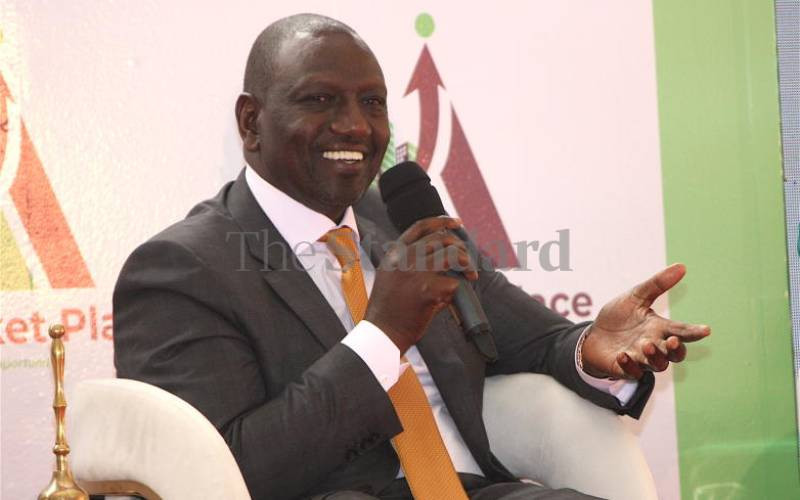
Every person looking forward to predictable "business as usual" from President William Ruto's Kenya Kwanza administration needs to smell the coffee. Particularly in these early days when our new Cabinet Secretaries are enthusiastically bedding themselves into their ministerial tasks.
There is an obvious reason for this view. For the 7.1 million Kenyans who voted for this new administration, they were basically voting to uproot the established status quo. A sober reading of this disruption would lead us to better understand the hustler agenda as both a means and an end.